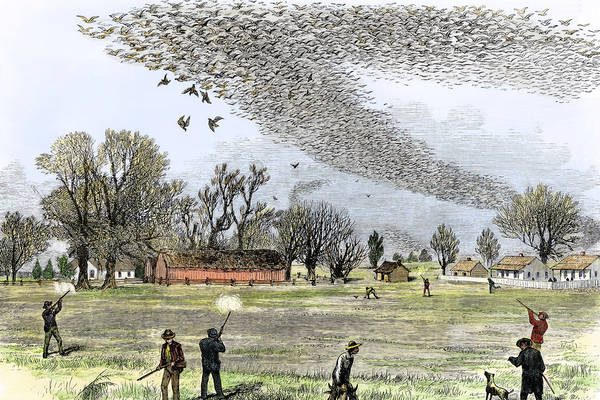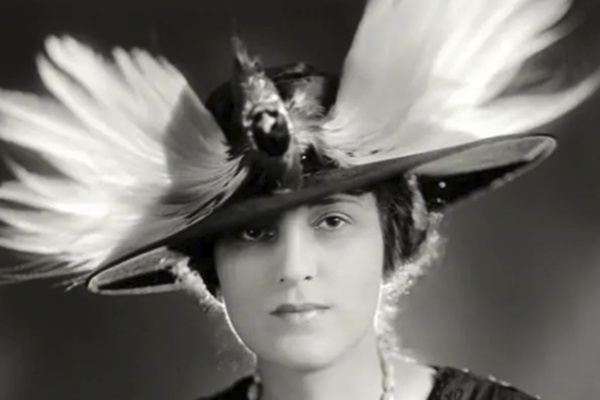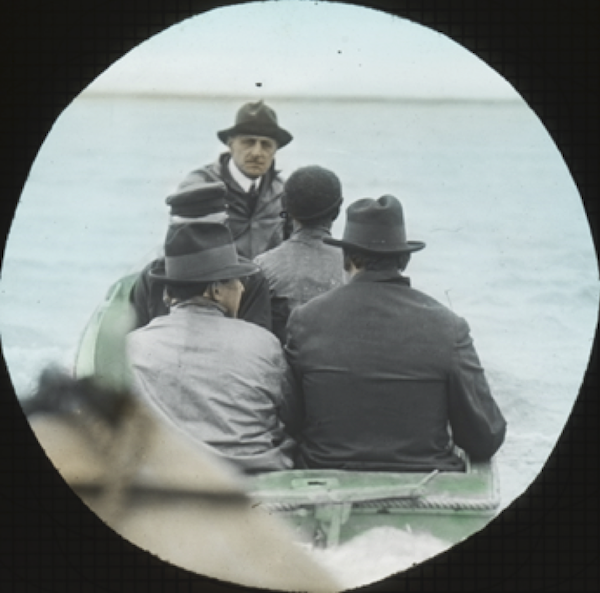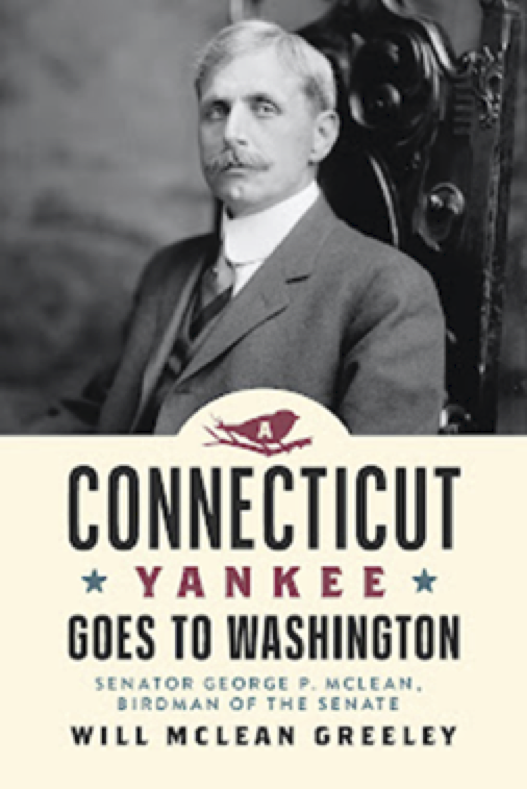Bipartisanship Once Took Flight—To Protect Birds

Passenger pigeon hunt, Louisiana. Smith Bennett, 1875
Imagine Democratic President Joe Biden at a White House bill signing ceremony handing the signatory pen to Republican Senator Marco Rubio of Florida. They then shake hands, celebrating a shared legislative accomplishment that would endure for over one hundred years. That’s essentially what happened on July 3, 1918, when Democratic President Woodrow Wilson and Republican Senator George P. McLean of Connecticut unveiled the Migratory Bird Treaty Act, our nation’s earliest and most important wildlife conservation law. The MBTA, which is still in effect today, has saved millions, if not billions, of birds from senseless killing and likely prevented the extinction of entire bird species.
My new book A Connecticut Yankee Goes to Washington, Senator George P. McLean, Birdman of the Senate is about the struggle to lead societal change, exploring the intersection of culture and politics. While the book offers fresh insights into a neglected milestone in conservation history, it also contains a rare and intriguing example of bipartisanship, that elusive ideal that polls show most Americans desire but their leaders seem hopelessly unable to deliver. What, if anything, can we learn about bipartisanship from the MBTA, when President Wilson and Senator McLean overcame their past enmity and found common ground to save the birds?
From Hunter to Conservationist
When Senator George P. McLean came to Washington in 1911, the protection of birds was his top priority. A hunter in his youth, McLean renounced the sport as an adult because of declining bird populations and rising avian extinctions. Conservation historians refer to the latter half of the nineteenth century as the “Age of Extermination,” when birds and other wildlife were on a fast track to eradication. Early settlers of North America had viewed birds and other natural resources as limitless; but by around 1900, this illusion of abundance was replaced by the realities of scarcity and extinction.
What had gone wrong? Following the Civil War, the nation’s population surged from 31 million people in 1860 to 72 million by 1900. There were simply more mouths to feed, and opportunistic bird hunters eagerly met the need. Adding to this rising demand was the insatiable desire for bird plumage to adorn women’s hats. But it was advances in gun technology that supercharged bird mortality rates, namely the advent of the automatic shotgun around 1890. The slaughter of birds went from hundreds of thousands each year to millions, then tens of millions, and higher. There was no easy solution to stop or slow the killing. States and localities were free to devise their own hunting laws and enforce them however they wished.

The craze for feathered hats was a contributing factor to overhunting of many bird species.
Senator McLean Finds an Unlikely Ally
This perilous situation for birds was the backdrop to Senator George P. McLean’s tenure in the US Senate from 1911-1929. McLean’s first speech on the Senate floor was on the importance of protecting migratory birds. Change starts small, usually with just a few visionary and courageous people. Leaders for change must then create consensus and form broad-based coalitions. McLean did this by holding highly publicized hearings on bird destruction. He next enlisted the support of Audubon clubs and other conservation groups, business leaders like automaker Henry Ford, newspapers, magazines, and even gun manufacturers, who had contributed to the problem but had an obvious stake in its solution. Opposition to bird protection came from hunters, the millinery or hat industry (that employed 83,000 people in the early 1900s), and states rights advocates. This loose coalition opposing bird protection used a variety of tactics to delay or stop McLean’s bill. Their opposition solidified after America entered the First World War in April 1917. Opponents of bird protection argued with patriotic fervor that McLean’s unnecessary quest for bird protection should be delayed indefinitely.
Undeterred, McLean found a seemingly unlikely ally from across the aisle, President Woodrow Wilson. Despite their past differences on many issues, McLean and Wilson were both political reformers. Each claimed his place within the Progressive movement, a political and social-reform crusade that brought major changes to the US during the late 19th and early 20th centuries. The Progressives sought to remedy many of the social and political injustices of the Gilded Age, a time of rapid industrialization and immense wealth creation following the American Civil War. While Wilson agreed to help McLean, he had a caveat: Wilson insisted that Democratic leaders in Congress take ownership of the bill, forcing McLean into the background. McLean accepted his reduced role, calling to mind the political dictum expressed by President Harry Truman many years later: “It's amazing what you can accomplish when you don’t care who gets the credit.”

McLean Publicizing the MBTA on a Birding Trip at Avery Island, Louisiana in 1915 (Watkinson Library, Trinity College, Hartford, CT)
The Renewing Effect of Generational Change
Wilson and McLean collaborated effectively to pass the MBTA even as the nation was a full combatant in World War I, suffering through a global flu pandemic, and experiencing rising political, labor, and social unrest in response to an unpopular war. Is such bipartisan collaboration possible today to address concerns like climate change, gun violence, and immigration policy? While a quick-fix solution to create bipartisanship is unlikely, there is hope for the future. It is important to remember that George P. McLean came of age as a young leader around 1900, part of a new generation of reformers like Theodore Roosevelt and Woodrow Wilson. These young reformers had to throw off the aging old guard of Gilded Age leadership rooted in patronage and corruption.
In a similar fashion it may take a generational change to end today’s polarization and excessive partisanship. Our aging political leaders are seemingly unwilling or unable to change. Millennials and Generation Z, or those born after 1980, may emerge as a new progressive movement, emulating the Progressive Era leaders of the early 1900s. Recent polling by both Gallup and CNN reveal that Millennials and Gen Z tend to approach complex issues critically and creatively and are more likely to be centrist and less partisan than earlier generations. We can only hope that future generations will look back at today’s dysfunctional political polarization with cringing disbelief, much as we wonder why free cigarettes were distributed to soldiers during World War II and even included with ration kits.
